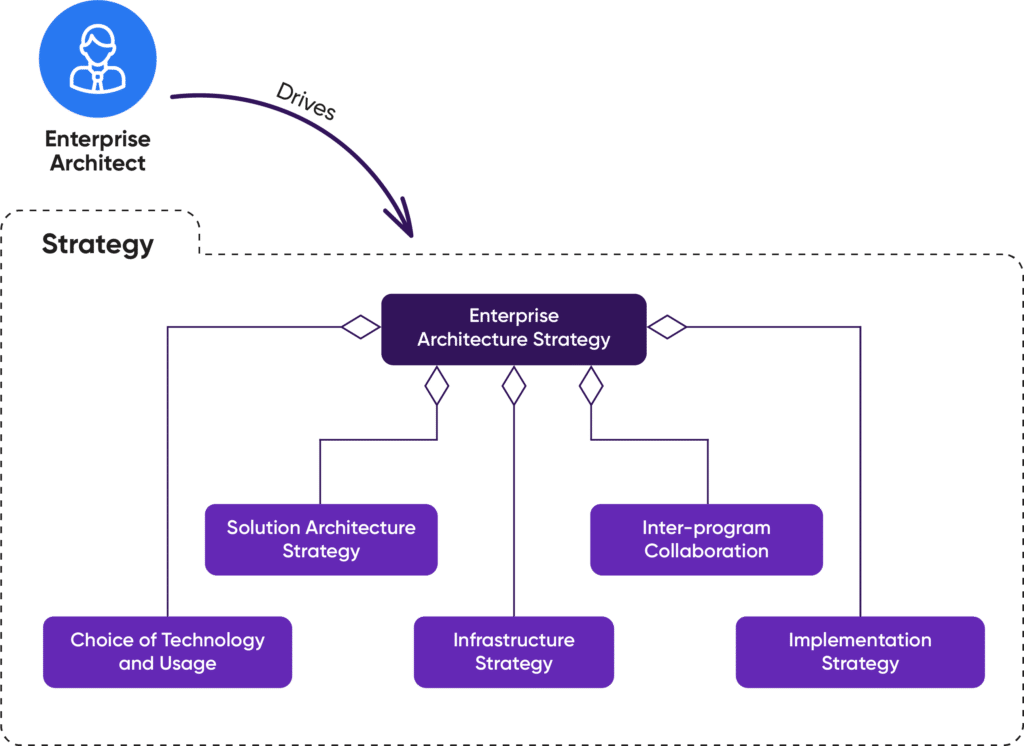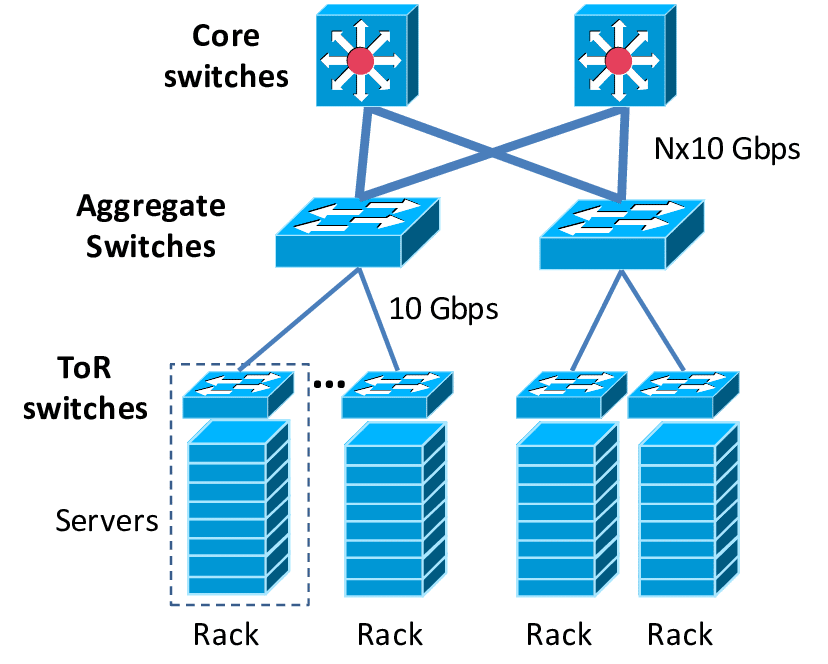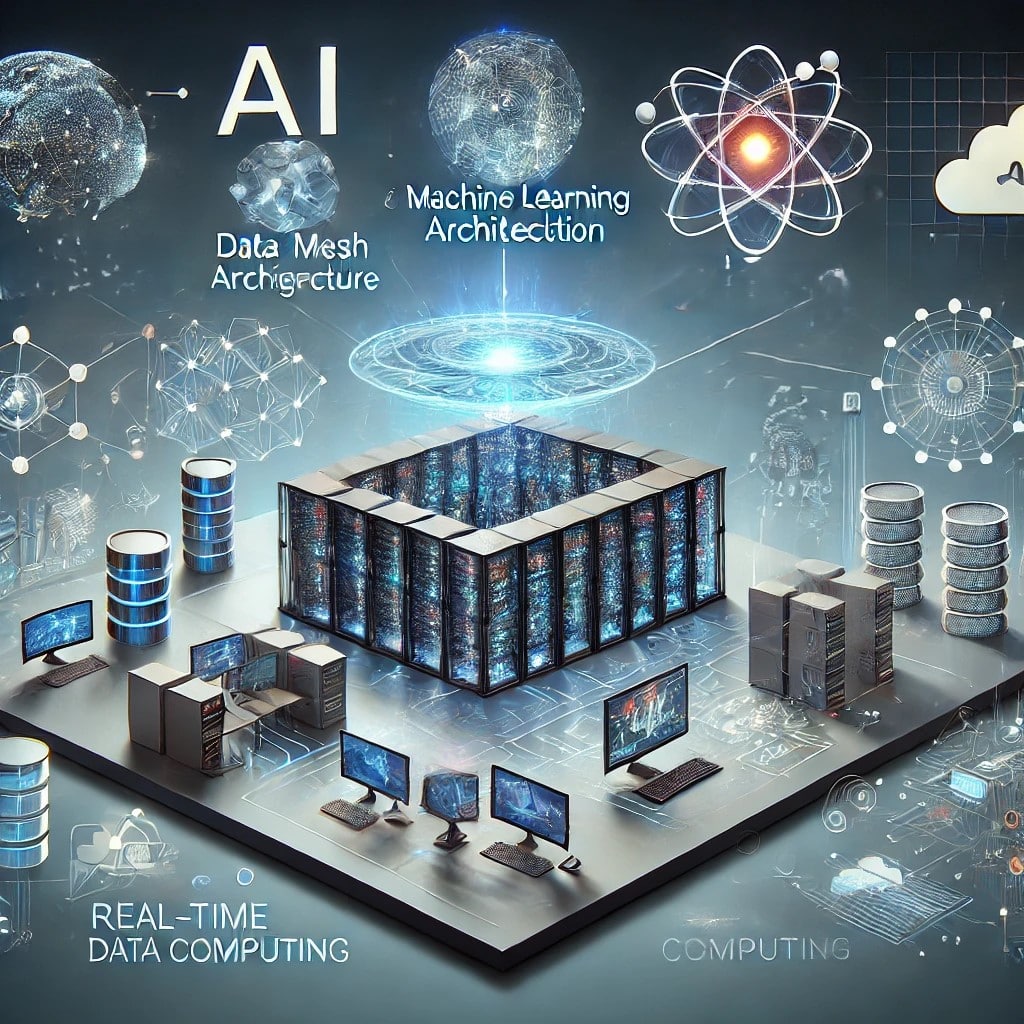Introduction to Data Architecture
Data architecture is the blueprint for managing data within an organization. It defines the structures, policies, and standards for managing data assets. By providing a clear framework for data management, data architecture ensures that data is accessible, reliable, and secure, supporting the organization’s overall goals and objectives.
The Importance of Data Architecture in Modern Enterprises
Effective data architecture is crucial for modern enterprises in today’s data-driven world. It enables organizations to harness the power of their data, transforming raw information into valuable insights that drive decision-making and strategic planning. A well-designed data architecture facilitates data integration, ensures data quality, and supports regulatory compliance.
Moreover, robust data architecture allows businesses to scale their data operations efficiently, adapting to the ever-increasing volume and complexity of data. It provides a structured framework for managing data flows and storage, enabling seamless access to critical information across various departments. This integration enhances collaboration and ensures that all stakeholders have a consistent view of the data, leading to more coherent and informed business strategies. By streamlining data processes and maintaining high standards of data integrity, organizations can achieve a competitive edge in their respective markets.

Key Components of Data Architecture
Database Management System (DBMS)
A Database Management System (DBMS) is a software application that interacts with end users, applications, and the database itself to capture and analyze data. The DBMS provides a systematic way to create, retrieve, update, and manage data. Key features of a DBMS include data security, backup and recovery, and data integrity.
Additionally, a DBMS supports concurrent access to data, ensuring that multiple users can interact with the data without conflicts. It also provides tools for data administration, allowing for efficient database monitoring and performance tuning. Advanced DBMSs offer capabilities such as automated indexing, query optimization, and support for complex transactions, which further enhance data processing efficiency.
Key Features of a DBMS:
- Data Security: Protects data from unauthorized access and breaches.
- Backup and Recovery: Ensures data is recoverable in case of system failures.
- Data Integrity: Maintains accuracy and consistency of data over its lifecycle.
- Concurrent Access: Allows multiple users to access data simultaneously without conflicts.
- Query Optimization: Enhances the efficiency of data retrieval through optimized queries.
Example: Implementing a relational DBMS like MySQL or PostgreSQL to handle transactional data for an e-commerce platform.
Enterprise Data Management (EDM)
Enterprise Data Management (EDM) is the practice of managing data across an entire organization to ensure data accuracy, consistency, and accessibility. EDM encompasses data governance, data quality management, and master data management, ensuring that data is treated as a valuable asset.
Moreover, EDM involves the establishment of data standards and policies that guide how data is collected, stored, and used within the organization. This holistic approach ensures that data is not only accurate and consistent but also aligned with business objectives. By implementing EDM, organizations can achieve a unified view of their data, facilitating better decision-making and operational efficiency.
Components of EDM:
- Data Governance: Establishes policies and procedures for managing data.
- Data Quality Management: Ensures data accuracy, completeness, and reliability.
- Master Data Management: Manages key business entities and their relationships across the organization.
- Data Standards: Defines consistent formats and definitions for data across the enterprise.
- Data Accessibility: Ensures that data is readily available to authorized users when needed.
Example: Establishing data governance policies to standardize data definitions and ensure consistent data usage across departments.
Metadata Management
Metadata management involves managing data about data, and providing context and meaning to data assets. Effective metadata management helps organizations understand their data landscape, improving data discovery, data lineage, and data quality.
In addition, metadata management supports compliance with regulatory requirements by providing detailed records of data usage and transformations. It also facilitates collaboration among data users by making data assets more transparent and understandable. Tools for metadata management often include features for metadata cataloging, search, and automated lineage tracking, which help maintain an organized and efficient data environment.
Benefits of Metadata Management:
- Data Discovery: Enhances the ability to find and utilize data assets.
- Data Lineage: Tracks the origin and transformation of data throughout its lifecycle.
- Data Quality: Improves the accuracy and consistency of data by providing context.
- Regulatory Compliance: Supports adherence to data governance and regulatory standards.
- Collaboration: Facilitates better communication and understanding among data stakeholders.
Example: Using a metadata management tool like Apache Atlas to track data lineage and ensure data compliance.
Data Center Network Architecture
Data center network architecture refers to the design and organization of a data center’s network infrastructure. It involves the arrangement of network components such as switches, routers, and firewalls to ensure efficient data flow, security, and scalability.

A well-designed data center network architecture is essential for supporting the high availability and reliability required by modern applications and services. By implementing redundant paths and failover mechanisms, the architecture minimizes downtime and ensures continuous operation even in the event of hardware failures. This resilience is critical for maintaining business continuity and meeting service level agreements (SLAs).
Additionally, data center network architecture must accommodate the growing demands of data traffic and evolving technologies. This includes integrating advanced network technologies such as software-defined networking (SDN) and network function virtualization (NFV), which enhance flexibility and enable dynamic network management. By leveraging these technologies, data centers can optimize performance, reduce operational costs, and quickly adapt to changing business needs.
Example: Designing a data center network architecture with redundant pathways to ensure high availability and minimize downtime.
Data Management Fundamentals
Understanding the fundamentals of data management is essential for building a robust data architecture. Key aspects include data governance, data quality, data integration, and data security. These elements ensure that data is accurate, reliable, and accessible, supporting effective decision-making.
Example: Implementing data quality checks to ensure the accuracy and completeness of customer data.
Best Practices for Data Architecture
To ensure the success of data architecture projects, it is important to follow best practices:
- Ensure Data Quality: Implement rigorous data validation and cleaning processes to maintain data integrity.
- Automate Processes: Use automation tools to streamline data workflows and reduce manual intervention.
- Optimize Performance: Continuously monitor and optimize data pipelines and storage systems for performance.
- Secure Data: Implement robust security measures to protect sensitive data from unauthorized access.
- Document Processes: Maintain comprehensive documentation for all data architecture processes and systems.
Real-World Examples and Case Studies
Example 1: Retail Industry
A leading retail company implemented a comprehensive data architecture to integrate data from various sources, including online sales, in-store transactions, and customer loyalty programs. By doing so, they gained a unified view of their customers, enabling personalized marketing campaigns and improved inventory management.
Example 2: Healthcare Sector
A healthcare provider adopted a robust data architecture to manage patient data from electronic health records (EHRs), lab results, and imaging systems. This integration facilitated better patient care, streamlined operations, and ensured compliance with healthcare regulations.
Future Trends in Data Architecture
The future of data architecture is being shaped by several emerging trends that promise to transform how organizations manage and utilize their data. As data volumes and complexity continue to grow, these trends are driving innovations that enhance efficiency, scalability, and real-time processing capabilities.

- AI and Machine Learning Integration: Leveraging AI and machine learning to automate data management tasks and enhance data insights.
- Data Mesh Architecture: Decentralizing data ownership and enabling cross-functional teams to manage their data domains.
- Real-Time Data Processing: Increasing focus on real-time analytics to enable faster decision-making.
- DataOps: Applying DevOps principles to data management to improve collaboration and streamline workflows.
- Edge Computing: Processing data closer to its source to reduce latency and improve performance.
Conclusion
Data architecture is a critical component of modern data management, providing the foundation for effective data collection, storage, processing, and analysis. By understanding key concepts and practices, organizations can build robust data architectures that support their strategic goals and drive data-driven decision-making. As the field continues to evolve, staying updated with the latest trends and best practices will be crucial for success.
FAQs
What is data architecture?
Data architecture is the blueprint for managing data within an organization, and defining structures, policies, and standards for data management.
What are the key components of data architecture?
Key components include Database Management System (DBMS), Enterprise Data Management (EDM), and Metadata Management.
How does data architecture differ from data center network architecture?
Data architecture focuses on managing data assets, while data center network architecture involves designing the network infrastructure of a data center.
What skills are essential for a data architect?
Essential skills include knowledge of DBMS, data modeling, data governance, data integration, and metadata management.
What are the future trends in data architecture?
Future trends include AI and machine learning integration, data mesh architecture, real-time data processing, DataOps, and edge computing.





Your blog is a treasure trove of knowledge! I’m constantly amazed by the depth of your insights and the clarity of your writing. Keep up the phenomenal work!